10 New Cryptocurrencies You Need to Know About in 2018
The bitcoin train has left the station, but you can still hit it big with these new cryptocurrencies.

If you missed out on the glorious ride to the ATHs of established cryptocurrencies such as Bitcoin, Bitcoin Bash, and Ethereum, have no fear. You still can cash in on the 10 new cryptocurrencies you need to know about in 2018. These bitcoin alternatives have the greatest prospects in terms of profit and portfolio growth, and all feature immediately recognizable use cases.
AELF
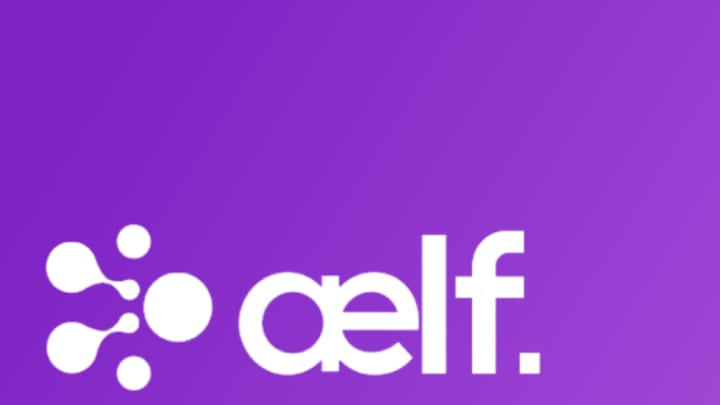
Aelf
Aelf (ELF) promises its technology will address issues such as limited scalability in blockchains, susceptibility to interference due to poor segregation, and resistance to platform modifications by stakeholders.
At its very essence, Aelf is a decentralized, cloud computing blockchain network designed to power interoperability between all the major blockchains and protocols.
To visualize the Aelf blockchain, think of it as a tree: the trunk is the main chain, while the branches, offshoots, and every part of the tree are the side chains, developed for industry-specific applications and use cases.
Aelf's custom operating system, much like Linux, will allow complete customization through built-in interfaces and would power a vast ecosystem of apps, smart contracts, IP protection solutions, insurance, banking, finance, and a host of other proposed used cases.
Aelf has a lot of potential to become a runaway success if it can scale its operations exponentially.
OmiseGo
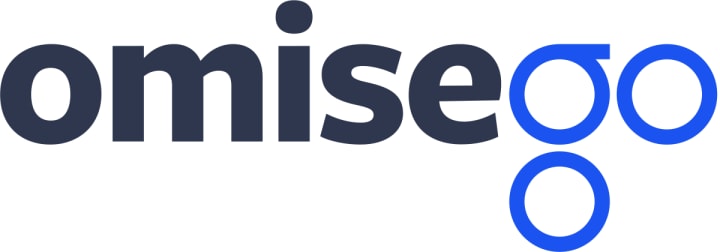
OmiseGO (OMG) is a decentralized currency exchange built on the Ethereum blockchain, which could potentially overtake Bitcoin long-term, and it is one of the few blockchain projects advised by Ethereum co-creator Vitalik Buterin.
OMG, one of the new cryptocurrencies, attempts to coordinate information between payment processors, gateways, and financial institutions, and its digital wallet enables real-time, peer-to-peer value exchange alongside agnostic payment in multiple jurisdictions and organizational silos across the world.
The primary goal of OmiseGo is financial inclusion for the world’s unbanked, and specifically those without access to traditional banking instruments.
Any two parties with OMG wallets should be able to transact regardless of the origin of the funds. This would allow for financial freedom between closed, centralized systems (PayPal, Alipay, fiat, etc.) and cryptocurrencies.
OMG implements a Proof-of-Stake consensus algorithm, meaning that those who hold and stake OMG tokens receive a portion of the fees on the blocks that they launch.
OmiseGo is a platform technology and not in direct competition with traditional, centralized financial systems. Instead, it helps them overcome their limitations.
Omise, the parent company of OmiseGo, is a reputable Southeast Asian operation that provides payment handling services, akin to Stripe.
Cardano

Cardano (ADA) is a decentralized public blockchain and cryptocurrency project founded by the IOHK foundation and a consortium of universities and research companies. Its headquarters is in Switzerland.
Cardano aims to solve the three biggest problems plaguing blockchains today, namely:
- Limited scalability
- Low interoperability
- Intensive bandwidth and energy consumption
In order for any cryptocurrency to become a viable global currency, it must have the capability to handle an immense volume of transactions per second.
Cardano says it will solve this problem through the implementation of Ouroboros, a Proof-of-Stake consensus mechanism. The network would randomly elect nodes called Slot leaders to mine ensuing blocks. The role of Slot leaders is to listen for activities then verify and commit the data to the appropriate blocks, allowing the network to scale exponentially.
Holochain

Holochain (HOT) is a framework for building scalable decentralized applications or DAPPs. One of the new cryptocurrencies, Holochain is not built with blockchain technology, it is more of a decentralized Ruby on Rails—a toolkit for building scalable applications and services.
DAPP frameworks, such as Ethereum, expend an astounding amount of computational power to reach universal consensus and are data-centric—every node in the network is downloading and verifying one single ledger and trying to come to an agreement on what is the truth, thereby limiting scalability
Holochain employs the opposite: an agent-centric approach because of its focus on allowing nodes to share independently evolving data realities.
Every node on the Holochain network maintains its own store of data quite similar to git, or repo or version control. Nodes in the network do not have to validate what every other node is doing in their private spaces.
Basic Attention Token

Basic Attention Token (BAT) and its open source Brave Browser are a decentralized system for properly valuing and rewarding user attention on the internet. BAT is a utility token built on the Ethereum blockchain. BAT was created by Brendan Eich, the creator of JavaScript and founder of Mozilla and Firefox.
The first phase of the project was the rollout of the Brave Browser. Brave Browser features a powerful ad blocker that keeps trackers away. It also features a ledger system for rewarding websites based on their user's actions.
This ecosystem and combination of smart contracts, browser analytics, accountable open source code, audit ability, and accountability make BAT an enticing boon for the world of digital advertising.
Stellar Lumens
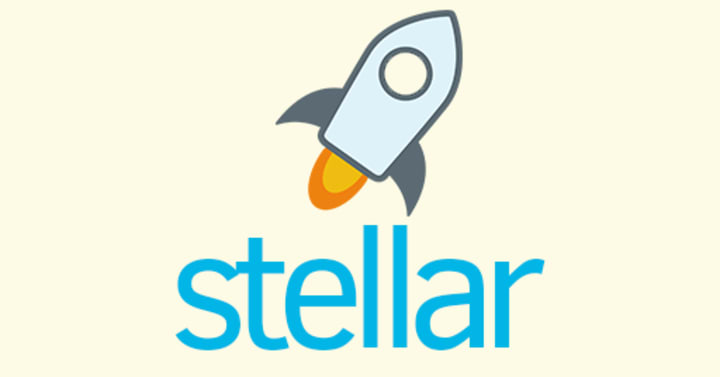
Stellar Lumens (XLM) is an open source and decentralized payments infrastructure for distributed peer-to-peer and business-to-business payments.
The Stellar blockchain is comprised of servers running the Stellar Consensus Protocol.
Lumen is the protocol store of value and cryptocurrency. XMR is akin to gas in the Ethereum blockchain. All activities on the Stellar Blockchain consume a certain amount of gas.
Every transaction on the Stellar network costs 0.00001 Lumens. This small fee is a security token that the network uses to prevent spam.
Lumens is also a bridge between Stellar and other cryptocurrencies. Lumens help to move money especially when there is no sizable direct cryptocurrency market.
Stellar is backed by the founders of WordPress, Stripe, Ycombinator and a host of other topnotch advisors. Stellar's initial coin offering was concluded a while ago but you can mine the network and earn crypto.
LISK
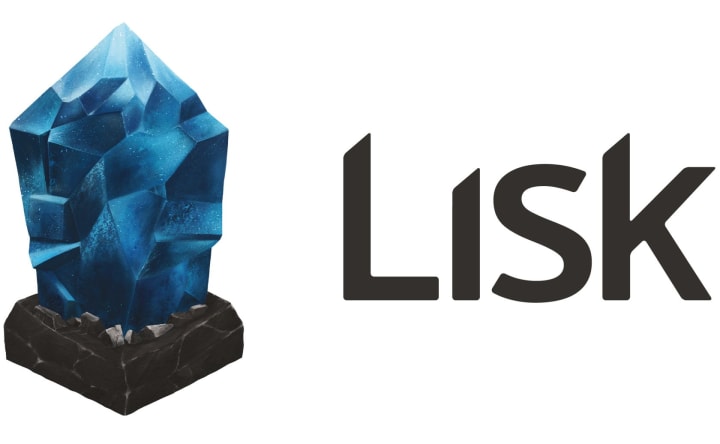
Lisk (LSK) is a decentralized application (DAPP) and independent blockchain, or sidechain, development platform using JavaScript. It was founded in 2014 by Max Kordek and Oliver Beddows and is a fork of the Crypti blockchain.
LSK tokens are the official store of value on the platform and are used for settling transactions, paying for services and resources, voting and a host of other functions.
There is a widespread shortage of skilled developers in the cryptoverse due to the proprietary nature of the languages some platforms have adopted. To work on the Ethereum blockchain, a developer has to learn Solidity, an Ethereum blockchain only language. Lisk wants to tap into an already existing talent pool and not have to reinvent the wheel.
Lisk implements a Delegated Proof-of-Stake consensus algorithm—101 delegates on the platform maintain consensus.
Possible use cases for Lisk include social network DAPPs, Smart Contracts, IoT applications, oracles. If it can be coded in JavaScript, it can be deployed and scaled on the Lisk platform seamlessly.
IOTA

IOTA (MIOTA) is an open-sourced distributed ledger that is being built to power the future of the Internet of Things. It features extremely fast transaction processing times, fee-less and micro transactions and does not use miners.
IOTA aims to facilitate the future machine-to-machine economy.
IOTA does not use a blockchain, instead, it is powered by a technology which its developers call ‘The Tangle’ based on a mathematical concept known as Directed Acyclic Graphs (DAG).
The absence of a blockchain is what differentiates IOTA from many cryptocurrencies which require global consensus. The implementation of DAG means that everyone on the network is accorded an equal role in the network.
In the event of a transaction, the initiator must help to authenticate two previous and two random transactions, thereby eliminating the need for miners, and with the need for miners gone, the entire ecosystem is free to use.
IOTA operates on a such a small scale that any device can comfortably connect to the network without any hassle.
The resource needs of IOTA are so minuscule that any device can run it without many resources.
IOTA’s implementation of DAG means that the more people who join the network, the faster it becomes, unlike blockchain based cryptocurrencies become distressed on account of increased traffic.
Bytom
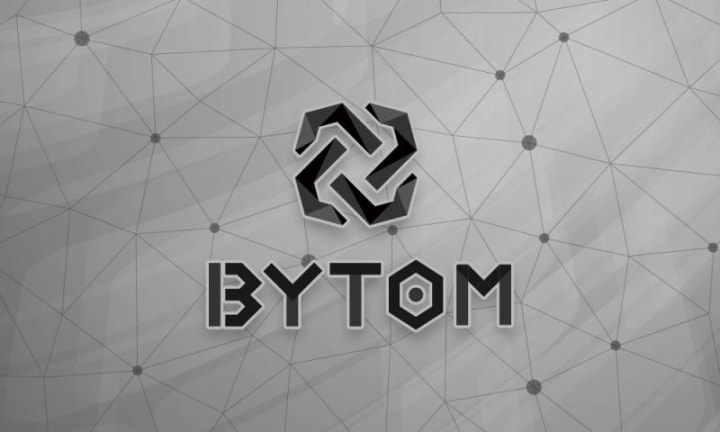
Bytom (BTM) is a public blockchain protocol being developed as a bridge between generalized and specialized blockchains. It will facilitate the transfer and exchange of atomic or physical assets such as bonds, securities, intellectual property, and byte-assets, such as cryptocurrency, digital assets, and non-blockchain digital currency.
Bytom is solely focused on asset registers, interoperability between disparate asset classes, and circulation. Bytom operates in three layers: a data transaction and transmission layer, a contract layer, and an assets interaction layer.
The Bytom protocol will be applied in the development of high-fidelity Oracle Systems that can power smart-contract resolution; Decentralized trading systems with built-in interoperability; Peer-to-to peer payment and clearing systems, identify verification, and asset tokenization.
DASH

Formerly called Xcoin, Darkcoin—eventually morphing into DASH is a portmanteau of "Digital Cash."
Dash has a hard cap of 18 million coins, and at the moment, there are some 8 million Dash coins in circulation. The main attraction of Dash is its built-in unlimited scalability and extremely fast transaction completion time.
Master nodes in the Dash network are similar to ordinary Bitcoin nodes except that they are required to have a heavy stake in the system and be available at all times to perform a specific assigned task. Ten Master nodes are required for the completion of:
- InstantSend: a speedy transaction confirmation mechanism for real-time transaction completion.
- CoinJoin: a mechanism for improving the anonymity of transactions. In a CoinJoin session, master nodes mix all the transactions in a giant pool of similarly denominated transactions such as 0.1 Dash, 1 Dash, 10 Dash, etc., prior to sending them to the final recipients.
Dash implements a hybrid model of Proof-of-Stake and Proof-of-Work consensus mechanism. Master nodes remove the need for a universal consensus among all nodes, in stark contrast to Bitcoin, and reduce the energy requirements required for running nodes on the network.
About the Creator
Patty Ramsen
Just another 20 something trying to break the glass ceiling one blazer at a time. Get your own coffee...


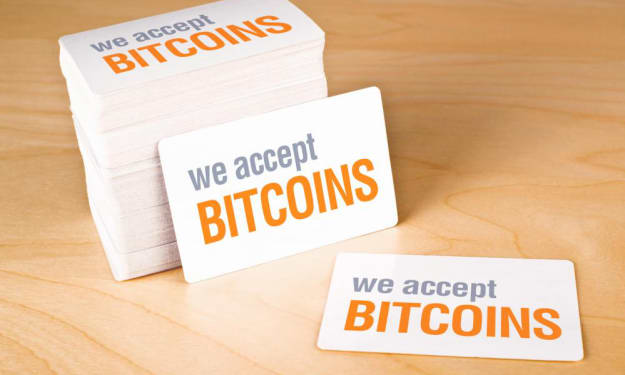



Comments
There are no comments for this story
Be the first to respond and start the conversation.